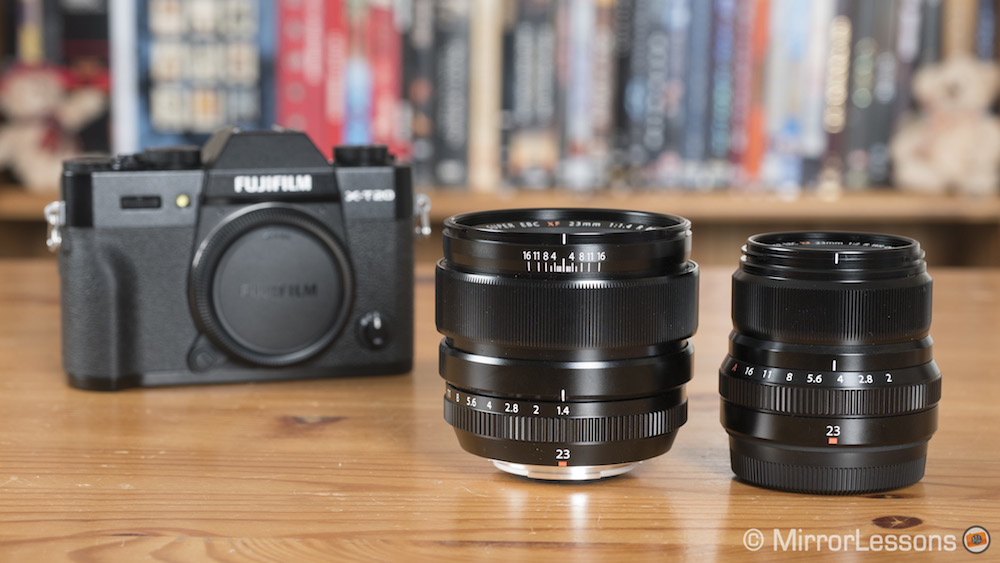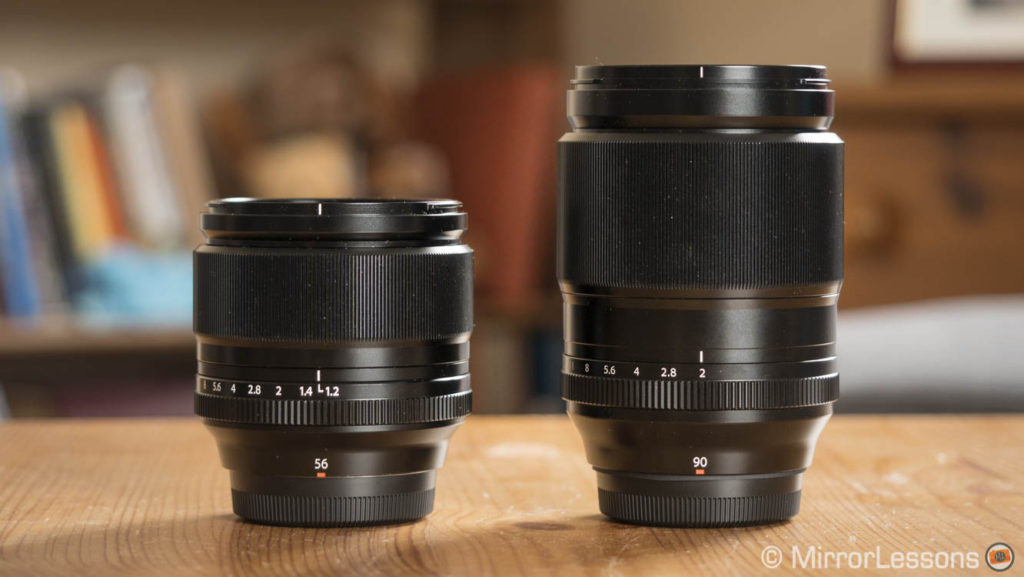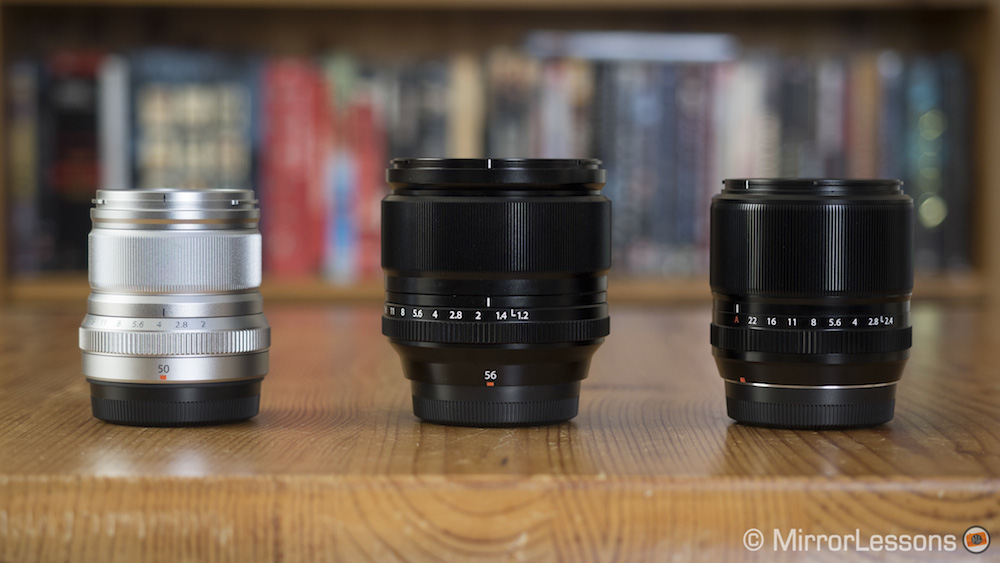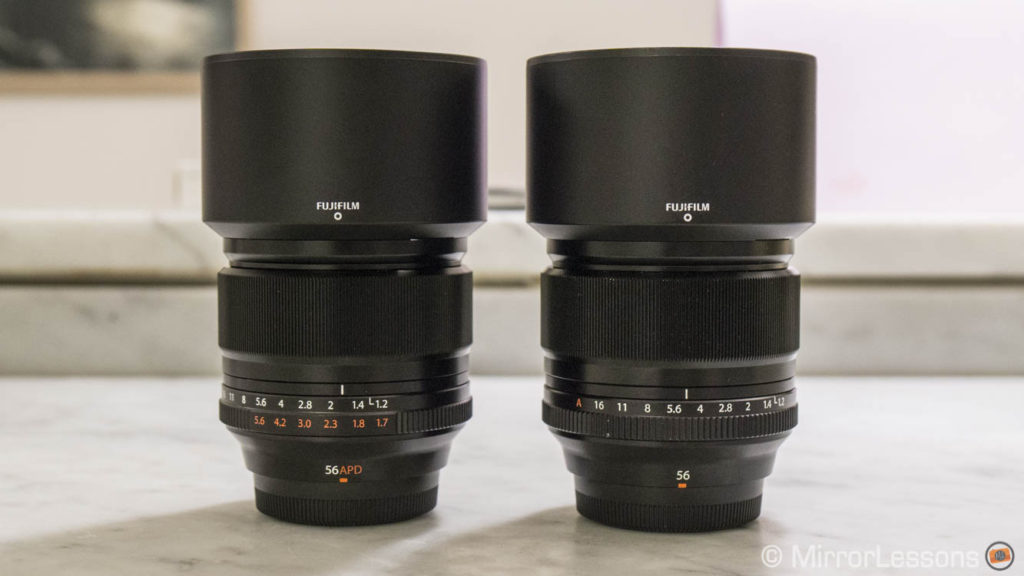Up until 2017, Fujifilm users in search of a 35mm equivalent prime for the interchangeable series had all but one option: the XF 23mm f/1.4. With its fast aperture and excellent optical quality, it covered a variety of genres from landscapes and street to travel and documentary photography. Indeed, the only aspect that let it down was its large proportions relative to those of Fujifilm X series bodies, especially the smaller models such as the X-T20 or X-A3.
X-mount lenses
Fujifilm XF 56mm f/1.2 vs 90mm f/2 – The complete comparison
The Fujinon XF 56mm f/1.2 has long been one of the most popular lenses for the Fuji APS-C mirrorless system. It has a fast aperture, a lovely rendering for portraits and its size – while not the smallest in the line-up – fits most X-series cameras well. It would be my first recommendation to any serious portrait photographer.
Samyang 50mm f/1.2 vs Fujifilm XF 56mm f/1.2 – The complete comparison
If you are looking for a portrait lens for the Fujifilm X series, the first choice that many photographers would recommend is the XF 56mm f/1.2. Released two years ago, it was the first lens designed specifically for portraits by Fujifilm and is one of my favourites from the brand.
Before that, the only viable option was the XF 60mm f/2.4 semi-macro lens released alongside the X-Pro1 in 2012. Today the choice for portrait photography has increased with the addition of the 56mm f/1.2 APD, the XF 90mm f/2 and the cheaper XF 50mm f2 (see our XF 50mm vs 56mm vs 60mm comparison here).
However up until last year the system was lacking an alternative from third-party manufactuers. This is where Samyang comes in with its 50mm f/1.2 which was released in 2015.
Fujifilm XF 50mm f/2 vs 56mm f/1.2 vs 60mm f/2.4 – The complete comparison
The Fujifilm XF 50mm f/2 arrived on the scene last year, completing the triad of inexpensive and lightweight f/2 primes for the system. With its equivalent field of view of 76mm in 35mm format, it is long enough to be considered a decent portrait lens but can also work for events and everyday walk-around photography.
No sooner was this lens released than people began to wonder how it compares to two other lenses for the Fujifilm X series with a similar focal length: the premium XF 56mm f/1.2* and the five-year-old XF 60mm f/2.4 – and rightly so, since it is the most affordable of the three despite being the most recent.
Fujifilm 56mm f/1.2 vs. 56mm APD – Quick comparison
Since its release a few years ago, the Fujinon 56mm f/1.2 has been a popular and very logical choice for portraits thanks to its excellent sharpness and smooth bokeh rendering. Not too long after the first version was released, a second “APD” version hit the market which promised a superior bokeh rendering.
Some time ago in Turin, I had the chance to use these lenses side-by-side during two separate portrait sessions with a pair of young Italian actresses, Barbara and Lara. I had used the original 56mm several times before but this was the only time I had the chance to use the APD version and compare it to the normal version. Since I didn’t have enough time to test the 56mm APD in-depth, this article will focus on the main difference between these two lenses: the bokeh.





